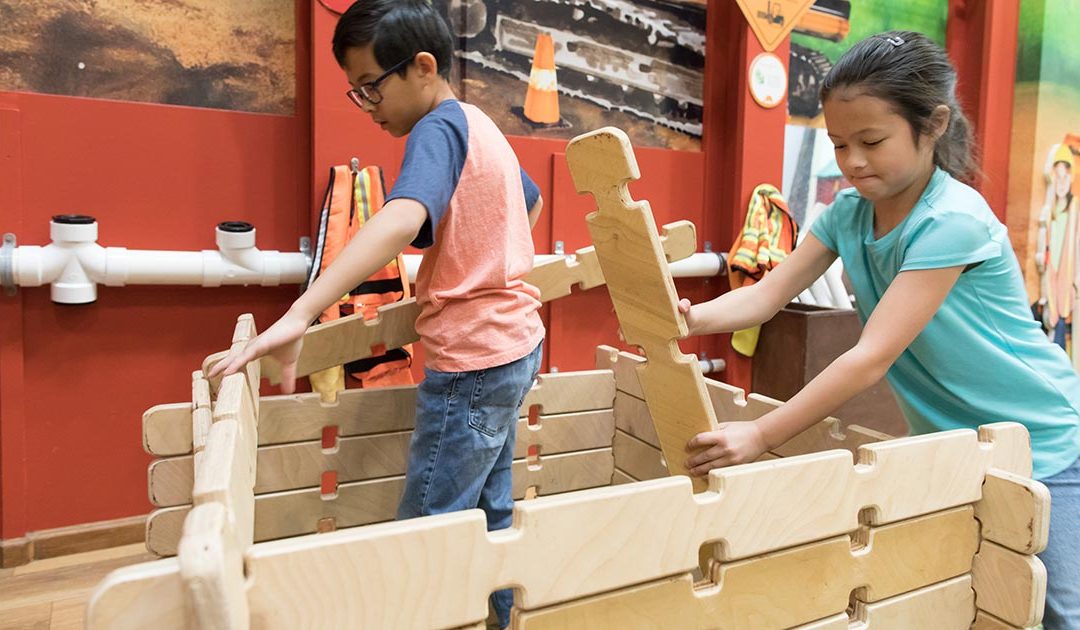From birth, children are naturally curious about the world around them. As educators and providers of early childhood education, we know that t he most critical point in neurological development occurs between birth and the age of 5 . Harnessing this innate curiosity and directing it towards Science, Technology, Engineering, and Math builds a strong foundation for academic discovery.
What does Preschool aged STEM look like?
STEM education begins with play! For young children, STEM education starts with the exploration and discovery that occurs naturally through play. P romote young children’s natural abilities as scientists and engineers by encouraging them to keep record of their observations by drawing, painting, or recording their voices describe what they are noticing. Collecting things from nature, building block towers and structures, observing weather changes, counting items and recognizing shapes serve as gatewa ys for larger discussions of science concepts to occur.
Why is it important?
Fostering an interest for the sciences at an early age connects our children’s earliest desires to explore and understand to concrete academic achievement. When we prioritize STEM education at an early age, we develop our children’s abilities to seek answers to the questions they have, to document and record their thoughts, to design and redesign , and to collaborate with others. These skills later translate to increased engagement in the classroom and a greater love for learning.
Ways to Incorporate STEM into Daily Play
Ask open ended questions! Stimulate children’s thinking about the world around them by asking questions that spark investigation. “What would happen if…” or “ I wonder about…” are great ways to stimulate critical thinking and encourage further discovery.
Observe the natural world. Ask your preschoolers “ What do you see? Smell? Feel? ” Taking in our surroundings and wonderi ng why they exist in the way they do prompts children to describe their environment and seek meaning in its composition. Introduce new voca bulary through classroom observations. Incorporate shapes, math concepts, weather descriptions, and science words in your child ren’s descriptions.
Follow your child ren ’s lead. Connecting child ren ’s interests with academic concepts is the chief goal of education . Foster your classroom’ s interests and discover together. For example, if a few children are fascinated by the rain they see o utside, enhance their understanding of weather. Play outside in the rain, watch how it flows down the windows, or jump in the puddles it creates. Use these experiences to engage them in higher thinking. Together, find the answers to the questions they might have. Why does it rain? How do puddles form? What do we notice about rain clouds?
For more ideas on how to incorporate STEM into early learning, be sure to check out Pretend City’s Week of STEM here . Looking for some more fun from home? Download our Play@Home Adventure Guide for purposeful play activities you can try this week.









